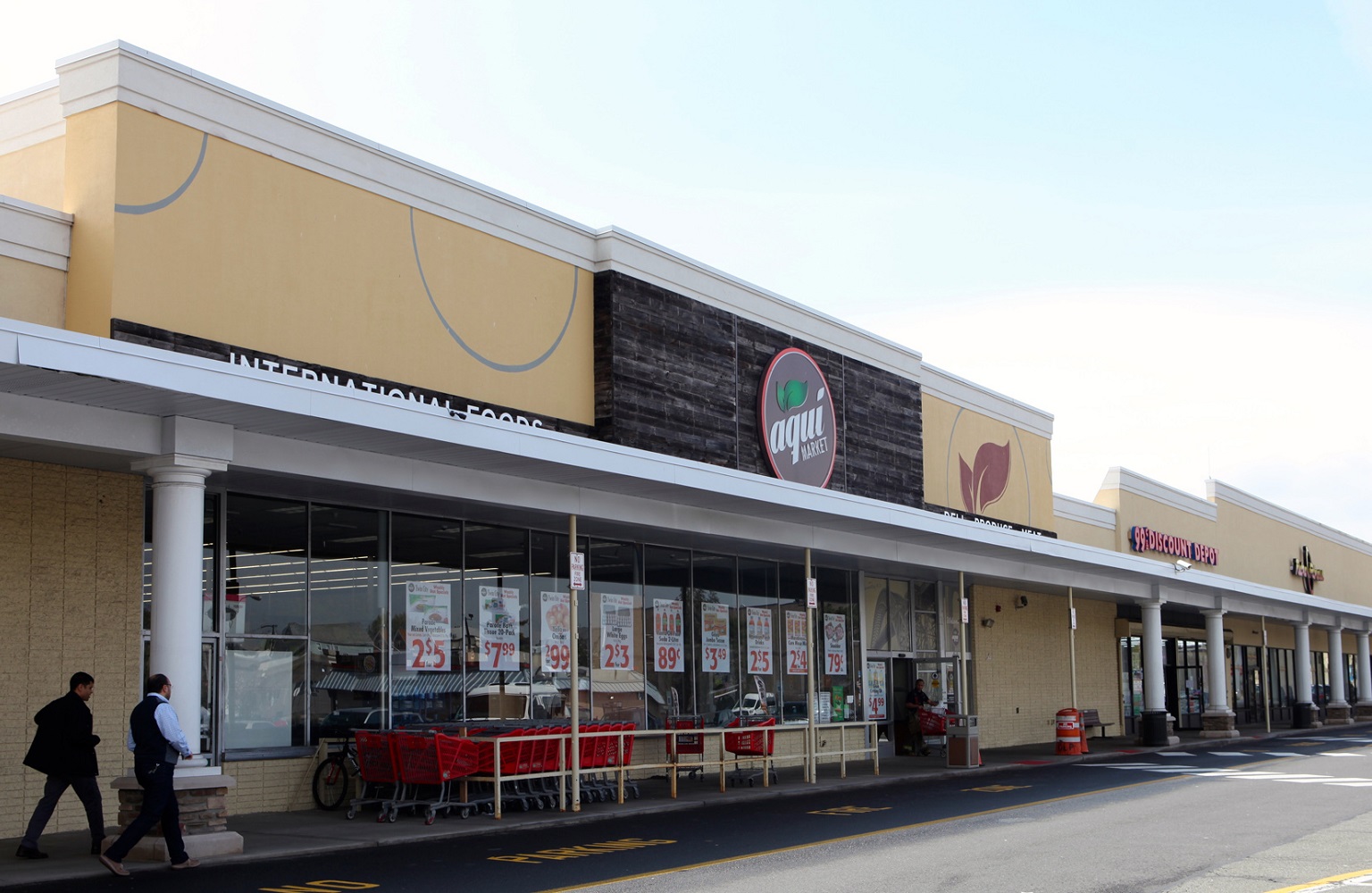Cook County Assessor Fritz Kaegi shared information on recent rule changes to how mixed-use buildings are assessed at a commercial property tax forum Wednesday morning, previewing potential value shifts for Evanston properties in next year’s reassessments.

Kaegi was joined by Cook County Commissioner Josina Morita at the Robert Crown Community Center in speaking to a mix of commercial building owners, business district representatives and local politicians from Morita’s 13th county district.
While the north suburbs aren’t due for reassessment until 2025 under the county’s triennial schedule, Kaegi said “It’s never too soon to bring to our attention” information to help assess properties more accurately.
Sharing that information may be especially important for many of Evanston’s mixed-use buildings, which will face reclassification under new rules, potentially ballooning their taxable values. Speaking to an affected building owner, Kaegi sympathized with his situation while pointing to the county inspector general’s office as the real source of the sudden spike.
“We have been hearing a lot from small businesses like you, who are affected by the change,” Kaegi said. “This was forced on us [by the inspector general], it was not because of something we wanted to do.”
Closing the ‘apartment loophole‘
The rule changes apply to properties in Class 3-18, which was created by a county ordinance and applies to mixed-use buildings with at least 20,000 square feet of space or at least seven separate units between residential and commercial spaces. Buildings in this class are assessed (and thus taxed) in their entirety at the 10% level of residential properties, much lower than the 25% assessment for regular commercial spaces.
In brief, the county ordinance has a vague definition for this class, which enabled an “apartment loophole,” where buildings with little residential space were given the residential assessment rate, effectively making a tax break for buildings that were primarily commercial. The county’s inspector general recommended the loophole be closed in late 2022, and while the ordinance’s definition hasn’t been amended, the assessor’s office has implemented a new interpretation with two new, stricter qualifications:
- The class is now capped at 99,999 square feet, excluding larger buildings from receiving the as-a-whole assessment.
- At least 65% of the total floor space must be residential, essentially setting a limit to how much commercial space can benefit from the classification in a given building.
If a building is too large or has too much commercial space to fit the class, it will instead receive a “split-class assessment,” where the spaces are separately assessed at their standard rates. For properties currently in Class 3-18, this would mean the commercial space’s taxable value shifting from 10% to 25%, potentially increasing their overall tax bill dramatically.
These reclassifications began in 2023 in the south and west suburbs, are happening right now in Chicago, and will begin in Evanston when the north suburbs are reassessed next year.
A neighbor’s example
At Wednesday’s forum, a Rogers Park building owner shared an example of how these changes can affect mixed-use properties.
Mike Sullivan, co-owner of 2Bears Tavern Group, said their building at 6408 N. Clark St. was reassessed as a split-class this year, raising the taxable value of the building –and thus its potential bill – from the 10% residential rate to a hybrid rate of around 19%.
“So just on assessed value, all things being equal with the levy rates, we’re looking at a 90% increase in taxes,” Sullivan said. “For our business and our building, that’s a death knell. We will not be able to survive.”
Sullivan highlighted several factors that put the owners in a bind. In the first place, the building is only around 8,000 square feet, but is caught in 3-18’s split-class assessment by having eight units between apartments, ground-floor commercial and an upstairs office space. If the same building had six or fewer leasable units, it would be in a different class assessed as a whole at the 10% residential rate; Sullivan noted that this rule would effectively penalize small mixed-use buildings for having more affordable microunits instead of a small number of larger units to stay under the class cutoff.
The company also has a loan from the Small Business Administration (SBA) which requires over half the floor space be commercial, directly conflicting with the 35% measurement set by the assessor’s office’s new interpretation. He said he’s “not unique” as a business owner for utilizing these loans, but feels he’s now forced to lose the tax rate his business has been able to afford for “years and years.”
Morita said she and her office hadn’t become aware of the new policy until the assessor’s office sent a memo last week, but they had started hearing of the assessment spikes anecdotally. She said there’s “appetite at the [county] board” to change the ordinance and provide relief for mixed-use building owners and the small businesses they lease to.

“People buy their properties under the conditions as they are, and when the rules change, it dramatically impacts people,” Morita said. “When some of these changes are being made, it’s our [elected officials’] responsibility to figure out, how do we let people know ahead of time the best that we can, so that they don’t just hear about it in their tax bill?”
Kaegi added, and referenced throughout the forum, that there are ways for property owners to provide more detailed information to the assessor’s office to help create a more accurate assessment. Among numerous other data points, this includes submitting a Real Property Income & Expense (RPIE) filing to show what value the building actually generates, and requesting a field inspection to update the building’s physical characteristics.
He said that providing this data to his office before or at the assessment stage could avert the need to appeal separately at the Board of Review, which he said won’t fix underlying inaccuracies in their data.
“Instead, let’s get that data right and bring it to our attention,” Kaegi said. “And it doesn’t cost you money to do that, you can always correct physical characteristics at any time of the year, without having to use an appeal, just by bringing it to our attention.”
Evanston’s 3-18 properties
So what does all of this mean for Evanston?
According to public data from the city’s 2022 reassessment, there are currently 59 separate properties in Class 3-18 under the old rules. An analysis of this data found that under the new rules, at least 22 could face split-class assessment when the north suburbs are taken up next year.
Twenty of these appear to disqualify under the 35% maximum for commercial space, though their degrees vary widely, from a building with 36% commercial space to another over 90%. The remaining two properties exceed the new 100,000-square-foot maximum. If these data remain accurate next year, each one could see substantially higher tax burdens beginning with the bills sent in 2026.
Beyond changes at the assessor level, Kaegi also stressed that his office is just one part of the property tax process, and that which tax burden rises or falls is just as dependent on other factors like levies and appeals to the Board of Review. He told attendees as an example that when his office tries to raise the assessment on a large apartment building, but it “gets knocked down” on appeal to the Board of Review, “that hurts you.”
“It’s not just how you’re being assessed, but [also] how is the overall system performing for you,” Kaegi said. “And we are trying to make sure that everyone is valued in line with the market.”
More information on how the property tax system works, and how Evanston homeowners fared in their 2024 bills, can be found in the RoundTable’s 101 guide.





